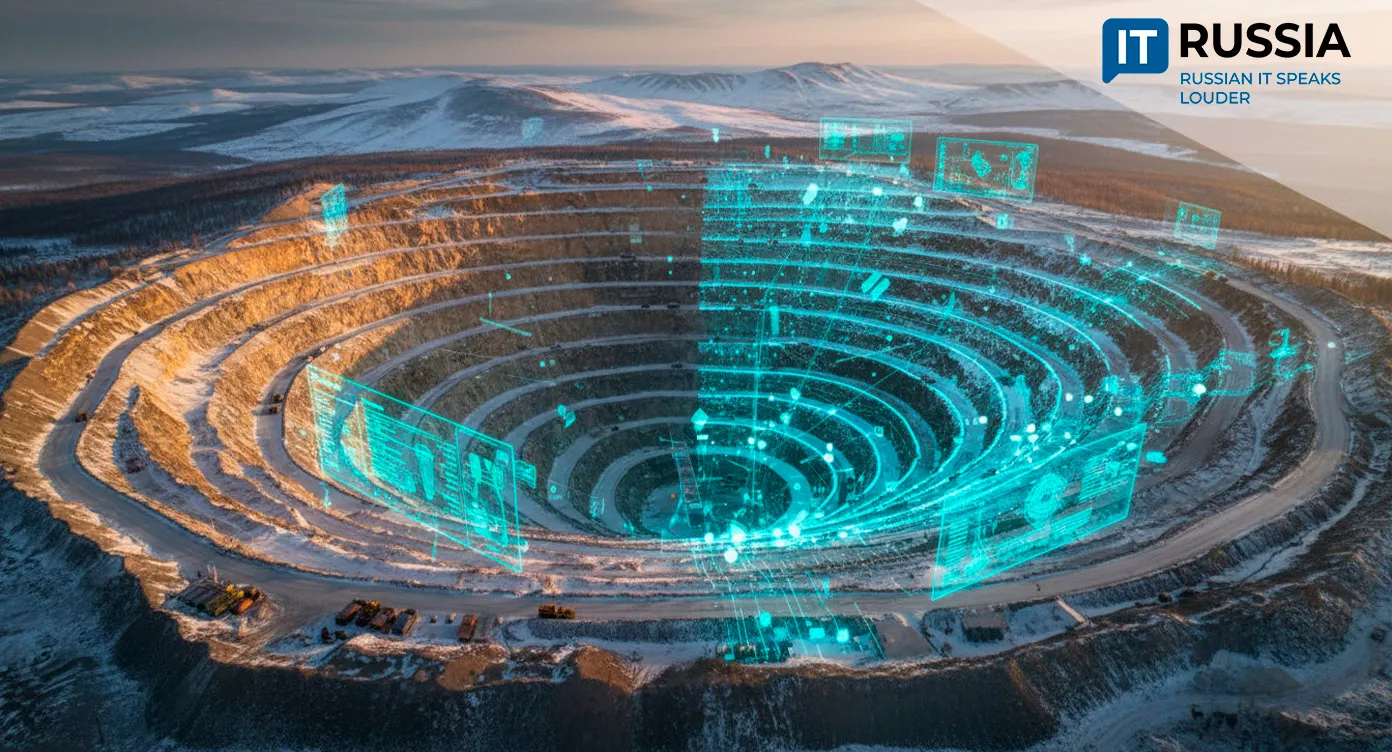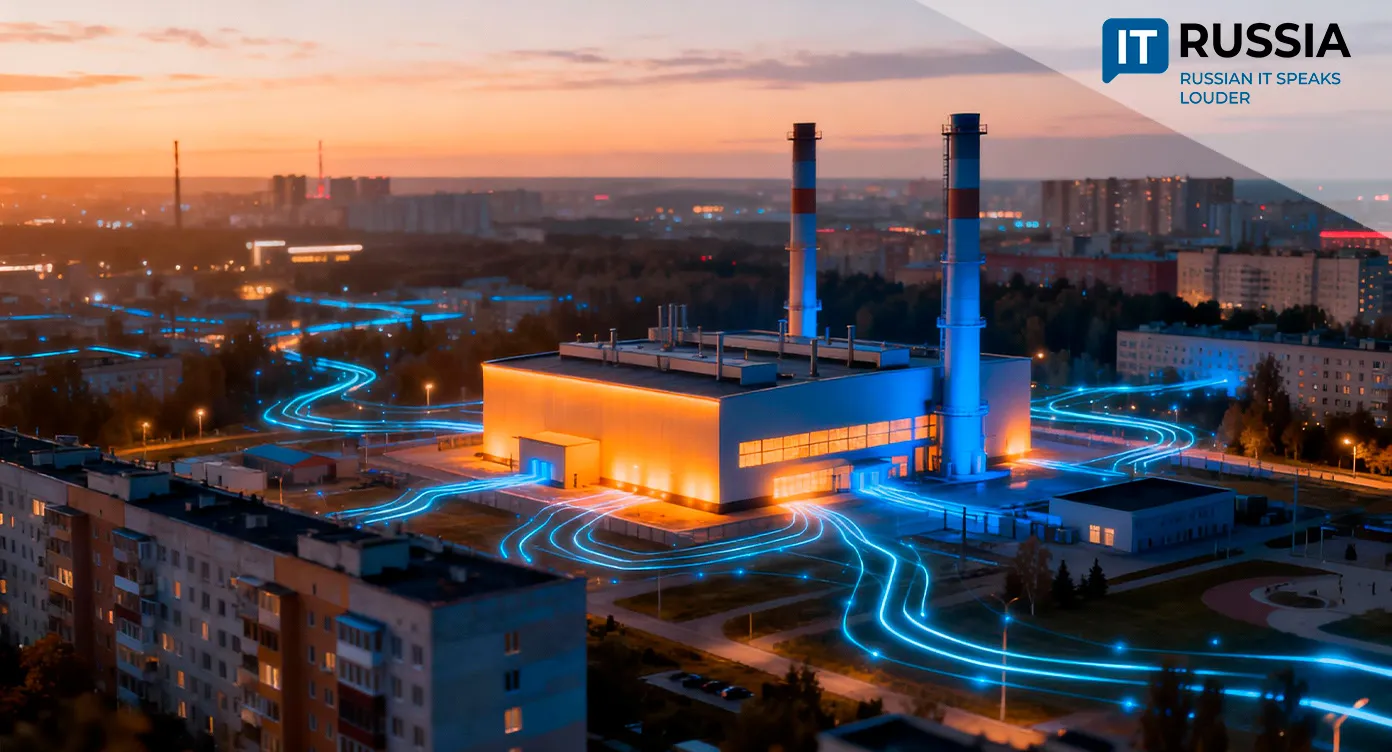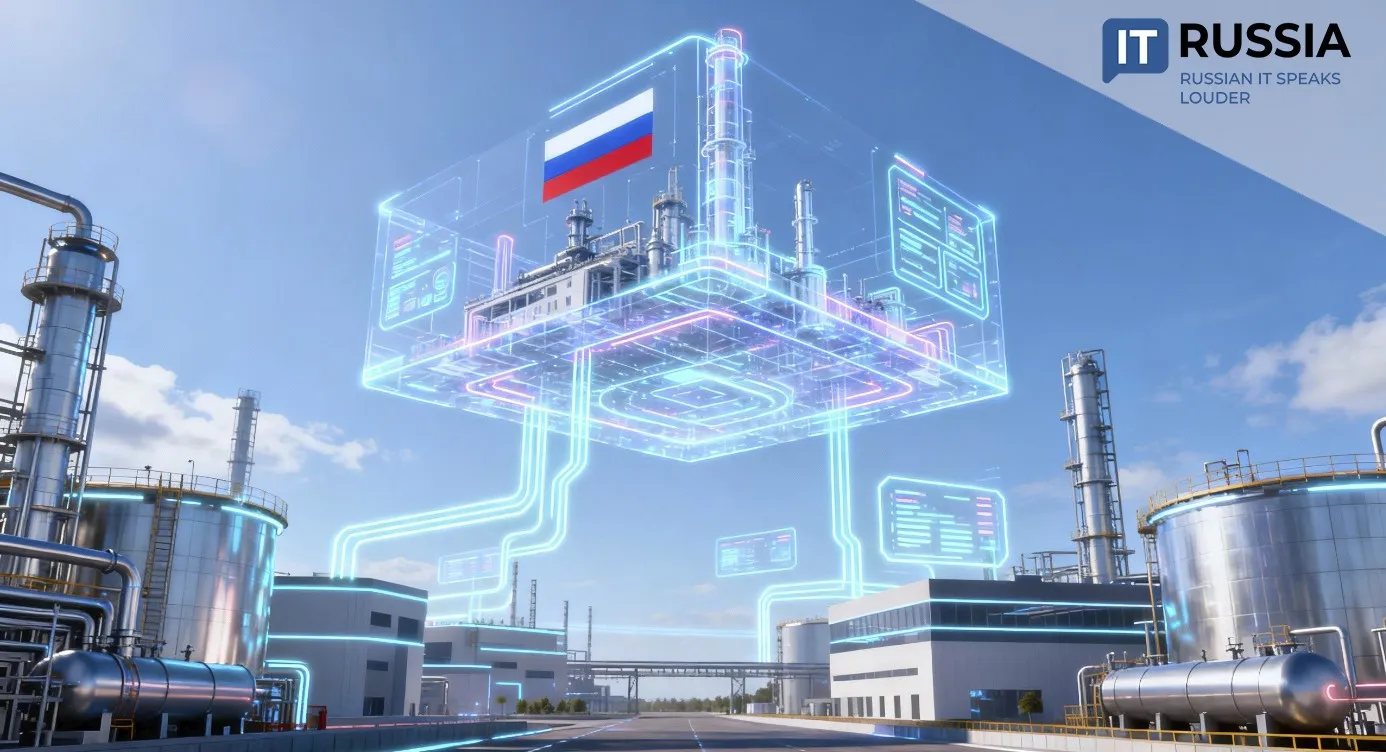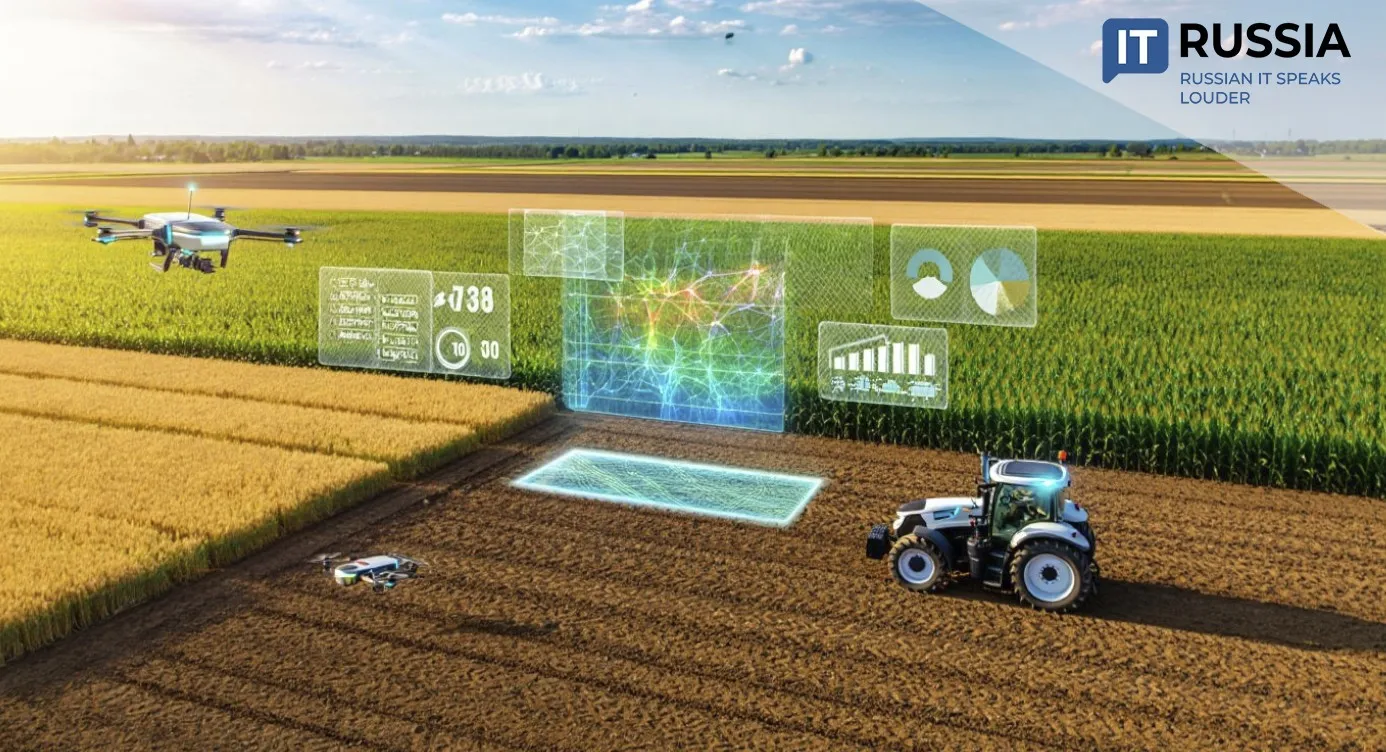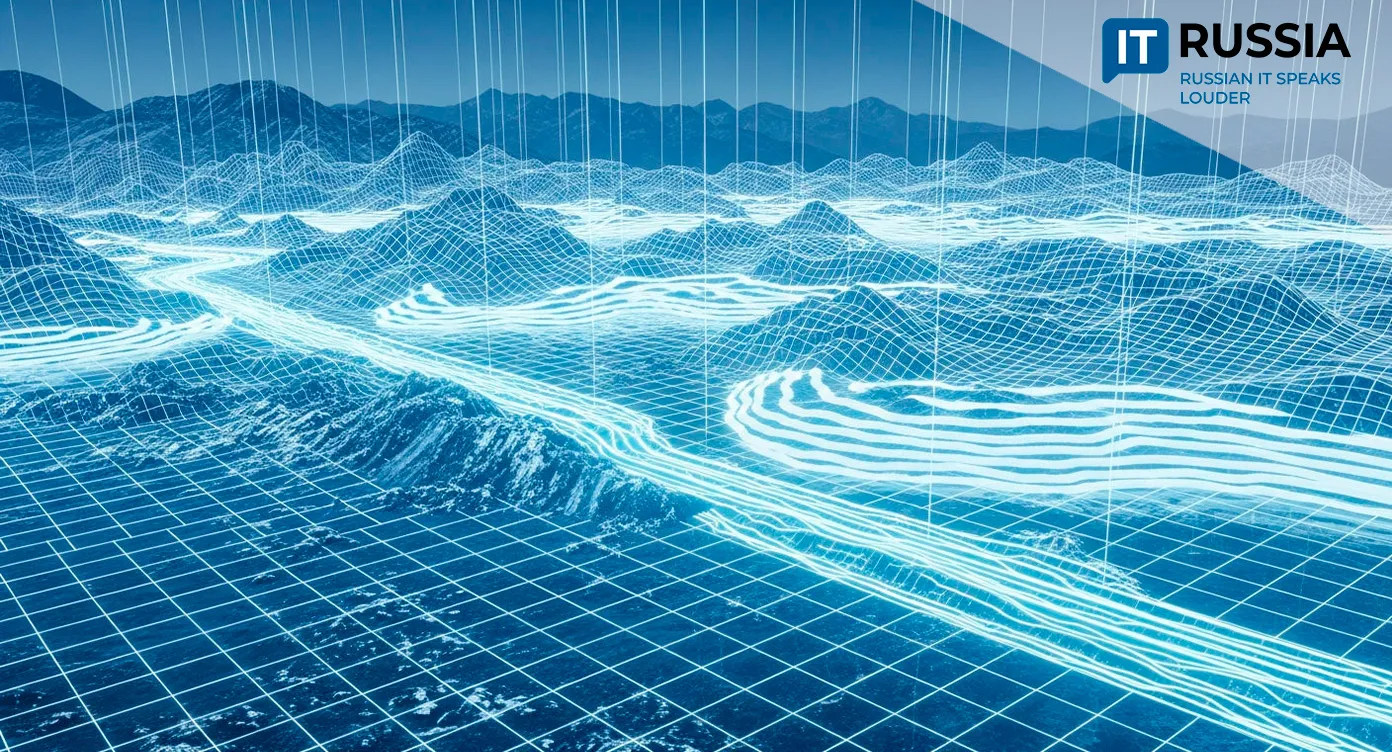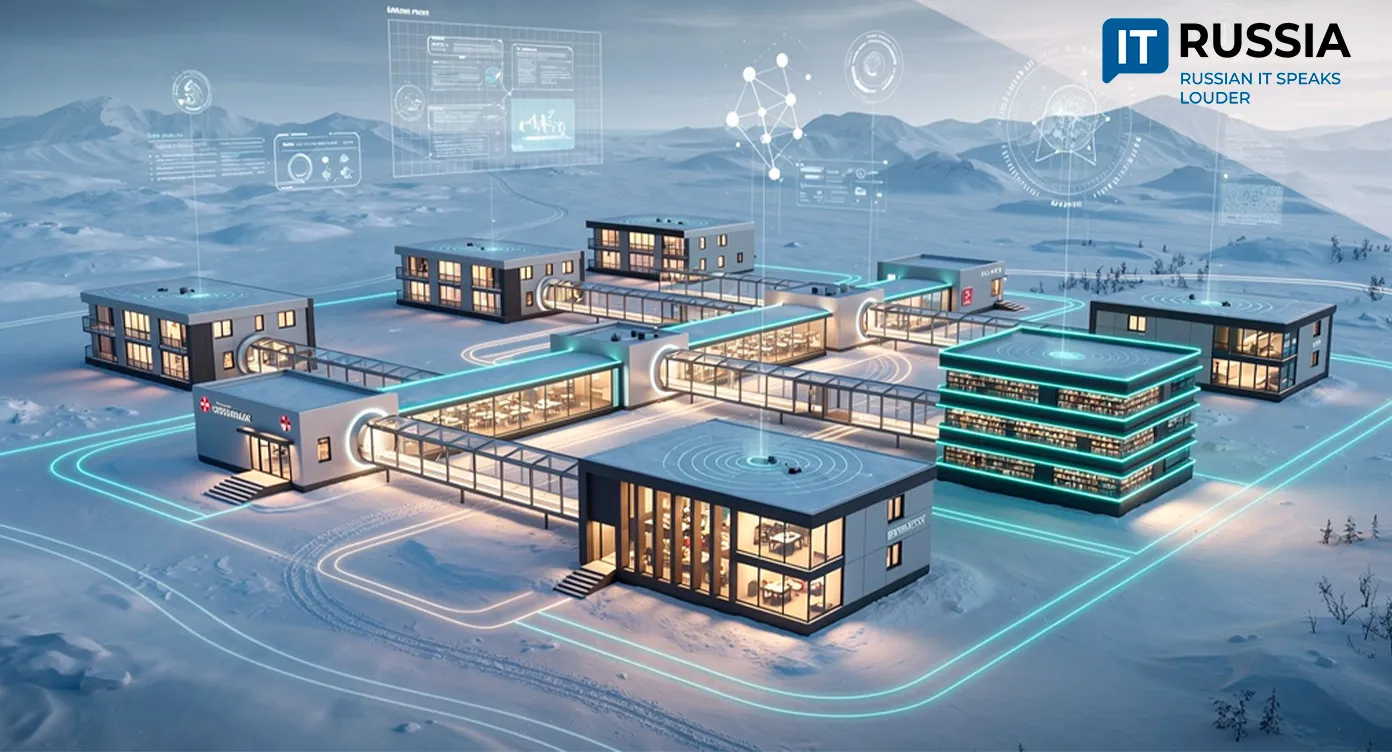Russia Develops a Benchmark Digital Twin for Oil and Gas Fields
Gazprom Neft Orenburg has unveiled the architecture of a digital twin for the region’s flagship oil and gas condensate field — a project experts call a benchmark example of deep IT integration in industrial production. The initiative demonstrates Russia’s growing leadership in digital oilfield technologies.

Depth of Transformation
The digital twin of the Orenburg oil and gas condensate field (OGCF) — one of Gazprom’s oldest — marks a new stage in the evolution of Russia’s resource industry. The project brings together a dynamic reservoir model, well stock, infrastructure, and transport system synchronized with real-time telemetry. This integration replaces fragmented automation systems with a unified digital matrix.
The digital twin is no longer a static visualization but a dynamic control instrument. It allows real-time production analysis and management, along with the rapid simulation of technological scenarios without physical intervention. Particularly notable is the installation of a wide network of wireless, energy-autonomous sensors on older wells — a critical step in digitizing aging infrastructure.

According to Russia’s Digital Transformation 2030 strategy, such solutions are a priority for energy leaders like Gazprom and Rosneft. Demand from traditional industries has become a powerful driver for domestic IT developers, system integrators, and industrial IoT solution providers.
Evolution of the Digital Twin
The digital twin of a field represents a continuously updated virtual model of its reservoir, wells, and transport system, synchronized with real-time data. It enables two-way data exchange for analysis and near real-time control of production. By integrating geology, hydrodynamics, and surface infrastructure, the model helps predict operational impacts, optimize well performance, and reduce losses throughout the production chain.
Orenburg’s experience in developing digital twins has already demonstrated measurable economic efficiency, reinforcing the value of digital transformation across Russia’s oil and gas sector.
The Future of Russian Innovation
The Gazprom Dobycha Orenburg project also holds export potential. Its integrated “model + telemetry + IIoT” complex can be replicated in CIS countries and other markets with similar production profiles, supporting the global ‘digital oilfield’ trend. This represents a shift from exporting raw materials to exporting advanced digital technologies.

Domestically, the project is driving the creation of a broader internal ecosystem. The Digital Twin hardware and software suite is planned for deployment across other Orenburg assets and subsidiaries, as well as integration with Production Control Centers (PCCs) and existing SCADA, MES, and ERP systems. This creates a sustainable demand for complex integration projects and digital services.
At the same time, scaling such systems presents challenges: ensuring IIoT reliability in harsh field conditions, maintaining compatibility with legacy equipment, processing massive data streams in real time, and guaranteeing cybersecurity across the infrastructure.

Building a Long-Term Strategy
The Orenburg initiative is remarkable in scale — more than 800 wells had never been automated before. The team effectively built a digital infrastructure from scratch, implementing the full lifecycle of a digital asset from day one.
This success is expected to lead to broader adoption and the development of unified corporate standards for data, interfaces, and software. What began as a local IT project is transforming into a strategic direction that strengthens Russia’s technological sovereignty and global competitiveness in the IT sector.





